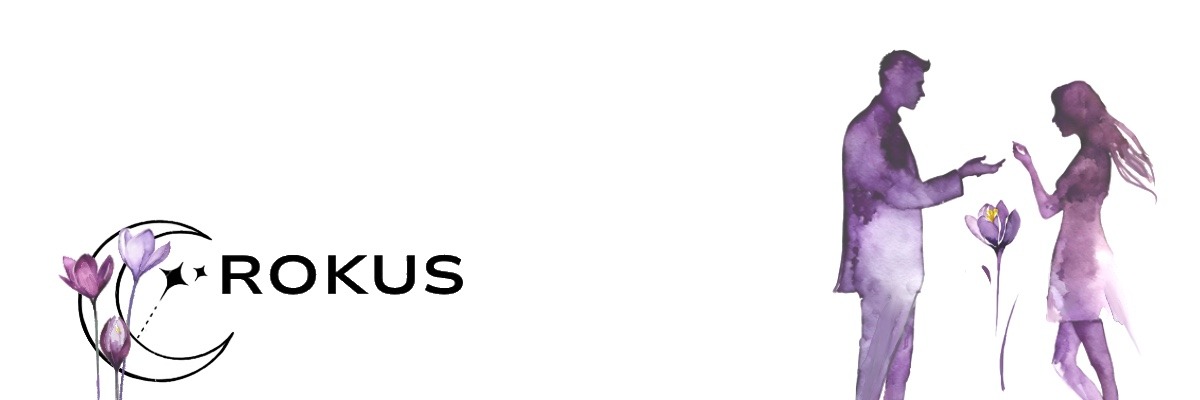Recognizing destructive patterns in relationships is crucial for maintaining a healthy and fulfilling connection. These patterns often develop over time and can subtly undermine the trust, respect, and emotional intimacy that a relationship is built on. When left unaddressed, destructive patterns in relationships can lead to breakdowns in communication, emotional distress, and a growing sense of dissatisfaction. Understanding what these patterns look like and learning how to spot them early can be the key to protecting your bond with your partner. So, how do you identify and address destructive conversational patterns or unhealthy relationship dynamics before they take root? Let’s explore the topic in-depth.
What Are Destructive Patterns in a Relationship?
Destructive patterns in relationships refer to recurring behaviors, habits, or communication styles that consistently lead to conflict, emotional pain, and a breakdown in trust. These patterns can be subtle or overt, but they are always harmful in the long term. Whether it’s destructive communication habits, unhealthy emotional responses, or patterns of behavior that undermine the connection, these destructive behaviors create an environment of tension and insecurity. Recognizing these patterns is the first step to breaking free from them.
One common example of destructive patterns is harmful communication habits—when partners engage in toxic forms of communication such as yelling, blaming, or avoiding meaningful conversations. Over time, these habits erode the emotional foundation of the relationship. Other forms of destructive behaviors to avoid include controlling tendencies, emotional withdrawal, or dismissing each other’s feelings. If these patterns continue unchecked, they can lead to feelings of isolation, resentment, and even emotional abuse.
Identifying Destructive Communication Patterns
Communication is the lifeblood of any relationship. When communication becomes distorted or unhealthy, it can escalate conflicts and create emotional distance. Toxic communication patterns are a clear sign that something is wrong. For example, if one or both partners regularly resort to yelling, name-calling, or personal attacks during arguments, it becomes difficult to resolve issues constructively. Constantly shifting blame, refusing to listen, or invalidating each other’s emotions can make meaningful communication feel impossible.
An example of this might be Sarah and Tom. Sarah tends to shut down whenever there’s a disagreement, refusing to engage in the conversation. Tom, on the other hand, becomes angry and starts accusing Sarah of being distant and uncaring. Their conversations often spiral into accusations, defensiveness, and frustration. Instead of finding solutions, they continue to repeat this cycle of toxic communication patterns, which only deepens the emotional rift between them.
Another destructive communication habit is stonewalling, where one partner completely shuts down and refuses to engage in any conversation. This behavior can leave the other partner feeling ignored and unimportant, which contributes to emotional distance. Over time, the lack of open and honest communication damages the connection, leaving unresolved issues to fester.
Recognizing Harmful Relationship Patterns
In relationships, certain actions and behaviors can develop into destructive relationship patterns that cause ongoing harm. For instance, one partner may have a tendency to dominate conversations, disregard boundaries, or make all decisions unilaterally. These behaviors create an imbalance in the relationship, leaving the other partner feeling unheard or insignificant. Similarly, a partner who constantly criticizes, belittles, or diminishes the other’s thoughts, feelings, or actions can also create a toxic dynamic.
Consider the relationship between Laura and Ben. Laura often finds herself feeling inferior because Ben tends to undermine her ideas and decisions. He criticizes her work, mocks her hobbies, and dismisses her opinions, creating a pattern where Laura feels less capable and more isolated. Over time, these small acts of disrespect build up and create an emotional divide between them. Instead of engaging in meaningful discussions, Ben’s constant belittling reinforces destructive behaviors that cause long-term damage.
Unhealthy relationship patterns can also involve emotional withdrawal. When one partner emotionally distances themselves during stressful times, it creates feelings of abandonment in the other. If this pattern is repeated, it leads to growing resentment and mistrust. A couple that doesn’t address this behavior risks a deep emotional rift that can become hard to repair.
Unhealthy Relationship Patterns and Emotional Intimacy
Unhealthy relationship patterns can also severely impact emotional intimacy. Emotional intimacy is essential for a strong, trusting relationship. When unhealthy relationship patterns emerge, they can block the development of this intimacy. If one or both partners avoid vulnerability, hide their feelings, or dismiss their partner’s emotions, it creates barriers to closeness.
Take the case of Emily and James. Emily feels emotionally drained because James refuses to open up about his thoughts or feelings. He always keeps his emotions to himself, which makes Emily feel disconnected and unsupported. Instead of sharing their struggles or joys, James retreats into himself, leaving Emily to deal with her feelings alone. This unhealthy relationship pattern fosters emotional isolation and prevents them from forming a deeper connection.
The Impact of Destructive Behaviors on Trust
Trust is the foundation of any healthy relationship. Destructive behaviors can erode trust over time, creating a foundation of insecurity. Destructive behaviors to avoid include dishonesty, betrayal, or repeated broken promises. When trust is damaged, partners may feel uncertain about each other’s intentions, leading to anxiety and constant suspicion.
For instance, Mark and Lisa had a strong relationship until Mark began lying about small things, like where he was or what he was doing. Over time, these lies escalated, and Lisa started to feel like she couldn’t rely on Mark for the truth. Mark’s dishonesty led to emotional distrust, and their relationship began to crumble. Lisa found it increasingly difficult to feel emotionally safe and open with him, creating an emotional barrier that neither of them knew how to break.
Breaking Free from Destructive Patterns in Relationships
Recognizing and addressing harmful relationship behaviors is essential for healing and growth. One of the first steps in breaking free from these patterns is self-awareness. Both partners need to reflect on their behavior and be honest about how their actions are contributing to the issues. The next step is to communicate openly about the patterns they have identified. Instead of pointing fingers or assigning blame, both partners need to express their feelings, listen to each other’s concerns, and work together to create healthier dynamics.
It’s also important to seek support when necessary. Couples counseling or therapy can be incredibly beneficial for couples struggling with destructive patterns. A therapist can help guide the conversation, provide tools for better communication, and help both partners understand the deeper issues at play. Sometimes, individual therapy can also help one or both partners uncover personal triggers or past experiences that may be influencing their behavior in the relationship.
How Tarot Can Help You Understand a Toxic Relationship Pattern
Tarot readings can also serve as a tool for self-reflection and insight. If you find yourself caught in destructive patterns in relationships, Tarot can provide clarity about the underlying issues that may not be immediately apparent. Tarot doesn’t offer definitive answers but can help you gain perspective on your feelings and behaviors, allowing you to understand yourself and your partner more deeply.
For example, a Tarot reading asking “What is blocking us?” can reveal the underlying issues that are causing tension in the relationship. Whether it’s emotional wounds, communication barriers, or unspoken fears, the cards can provide guidance on how to address these challenges.
Similarly, a “What is the current state of our relationship?” spread can offer insight into the present dynamics between you and your partner. It may highlight areas of improvement or show where your relationship is thriving, giving you a clearer view of how to move forward.
If you’re unsure how to address destructive behaviors, “What does my partner need me to understand?” is another helpful spread. It can reveal the emotional needs of your partner that may not have been clearly communicated, offering a deeper understanding of their actions and feelings.
If you’re unsure where to begin, Tarot can provide insight into destructive patterns in relationships. The cards can reveal hidden fears, highlight areas of imbalance, and offer guidance on how to heal and grow together.
Here are some Tarot spreads that might help
By addressing destructive behaviors early and working together to break free from unhealthy patterns, you can build a stronger, more loving, and fulfilling relationship. Destructive patterns in relationships don’t have to define your bond. By recognizing and addressing them, you can create a foundation built on trust, respect, and love. With self-awareness, open communication, and tools like Tarot, you can turn harmful cycles into opportunities for growth and deeper connection.
Conclusion
Destructive patterns in relationships can manifest in many ways, from unhealthy communication habits to emotional withdrawal and trust issues. These patterns can create an environment of tension, confusion, and emotional distress. However, with self-awareness, open communication, and a commitment to change, these destructive patterns can be recognized, addressed, and replaced with healthier behaviors. If you’re struggling with these patterns, remember that change is possible, and seeking guidance—whether through therapy, open conversations with your partner, or even Tarot readings—can help guide the way toward healing and growth.



